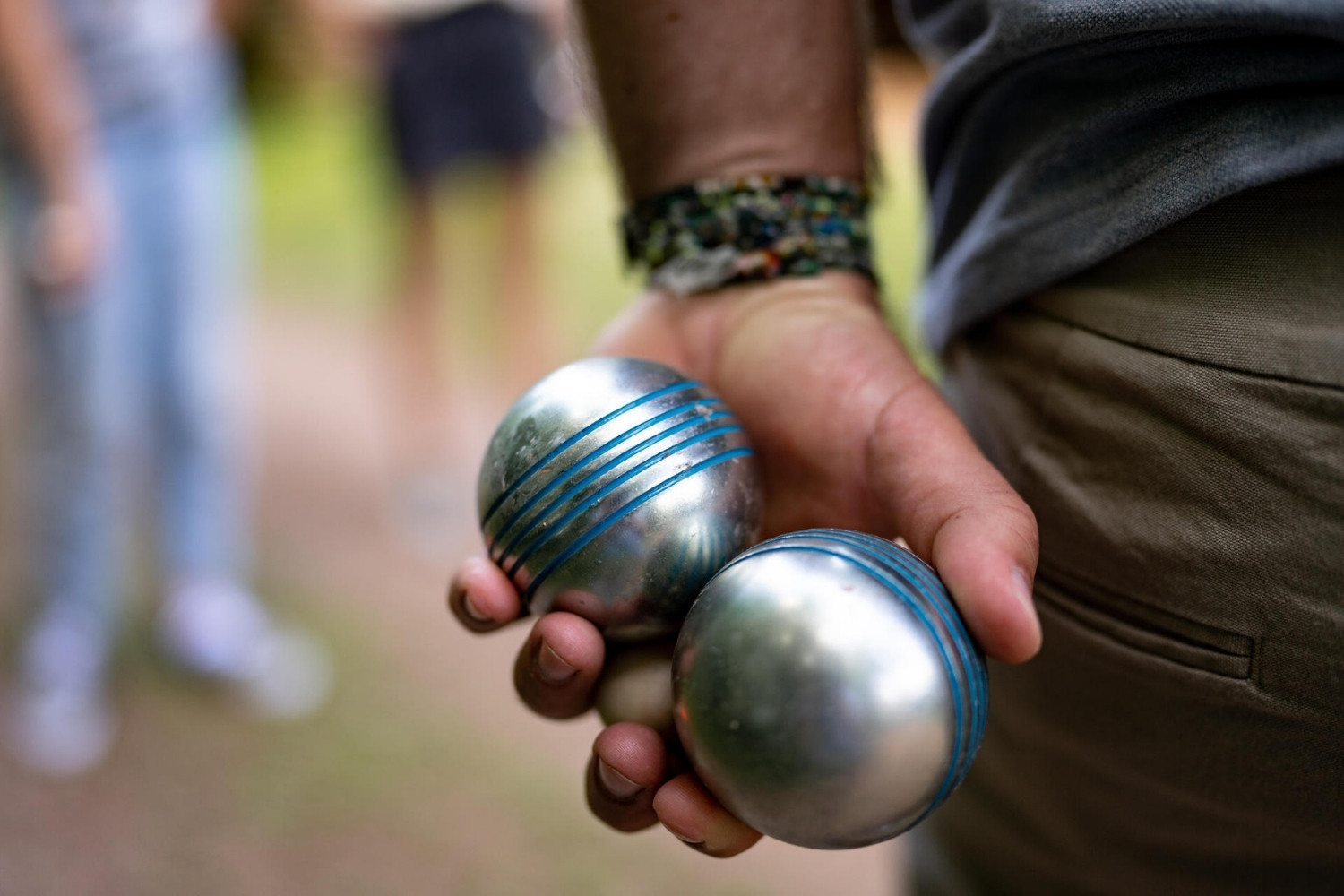
Boules is a game that has fascinated people for centuries. Originating in ancient Greece, it has evolved into various forms like pétanque, bocce, and lawn bowls. But what makes boules so captivating? It's a game of skill, strategy, and a bit of luck. Players aim to toss or roll heavy balls as close as possible to a smaller target ball, often called the "jack" or "cochonnet." Whether played on a sandy beach, a grassy lawn, or a dedicated court, boules brings people together in friendly competition. Want to know more? Here are 33 intriguing facts about this timeless game.
What is Boules?
Boules, also known as pétanque, is a popular outdoor game originating from France. Played on a gravel surface, the objective is to throw metal balls as close as possible to a smaller wooden ball called the "cochonnet."
- Boules is derived from the French word "boule," meaning ball.
- The game dates back to ancient Greece, where it was played with stone balls.
- Boules became popular in France during the 19th century.
- Pétanque, a variation of boules, was invented in 1907 in La Ciotat, France.
- The name "pétanque" comes from the Provençal phrase "pès tancats," meaning "feet together."
How to Play Boules
Understanding the basic rules and techniques can enhance your enjoyment of the game. Here are some key points to get you started.
- Boules is typically played on a rectangular court measuring 15 meters by 4 meters.
- Each player or team has six metal balls, known as boules.
- The game begins with one player throwing the cochonnet between 6 and 10 meters away.
- Players take turns throwing their boules, aiming to get as close to the cochonnet as possible.
- Points are scored based on the number of boules closer to the cochonnet than the opponent's closest boule.
Equipment Needed for Boules
Having the right equipment can make a big difference in your game. Here's what you need to play boules.
- Boules are made of metal and typically weigh between 650 and 800 grams.
- The cochonnet, also known as the jack, is usually made of wood.
- A tape measure is often used to determine which boule is closest to the cochonnet.
- Players sometimes use a magnet on a string to pick up their boules without bending over.
- A circle, often drawn on the ground or made of plastic, marks the spot where players must stand to throw.
Boules Around the World
Boules is not just a French pastime; it has gained popularity globally. Here are some interesting facts about its international reach.
- Boules is played in over 160 countries.
- The Fédération Internationale de Pétanque et Jeu Provençal (FIPJP) governs the sport worldwide.
- The World Championships for pétanque have been held annually since 1959.
- Thailand is one of the top countries in the world for pétanque, often winning international competitions.
- In the United States, boules is particularly popular in Louisiana, reflecting its French heritage.
Famous Boules Players
Just like any other sport, boules has its legends. Here are some of the most notable players in the history of the game.
- Philippe Quintais, a French player, has won multiple World Championships.
- Marco Foyot, another Frenchman, is known for his strategic prowess in the game.
- Claudy Weibel from Belgium is considered one of the best shooters in pétanque.
- Henri Lacroix, also from France, has numerous titles to his name.
- Dylan Rocher, a young French player, is known for his exceptional skill and accuracy.
Boules in Popular Culture
Boules has made its way into various forms of media and popular culture. Here are some examples.
- The game is featured in the French film "La Gloire de Mon Père" (My Father's Glory).
- Boules scenes appear in the British TV series "Midsomer Murders."
- The game is often depicted in French literature, including works by Marcel Pagnol.
- Boules tournaments are a common feature at French village festivals.
- The game has inspired various artworks, including paintings and sculptures.
Fun Facts About Boules
Here are some quirky and fun facts that might surprise you about this fascinating game.
- Boules is often played with a glass of pastis, a traditional French anise-flavored drink.
- The largest boule ever made weighed over 1,000 kilograms and was displayed in France.
- In some regions, boules is played on the beach, adding an extra layer of challenge due to the sand.
Boules: More Than Just a Game
Boules isn't just a game; it's a cultural experience. From its ancient origins in Greece to its modern-day popularity in France, this sport has a rich history. Whether you're playing pétanque, bocce, or any other variation, the essence remains the same: skill, strategy, and a bit of luck. Boules brings people together, fostering community and friendly competition. It's a game for all ages, easy to learn but hard to master. Next time you see a group playing, join in. You'll not only enjoy the game but also become part of a tradition that spans centuries. So grab some boules, head to the nearest park, and experience the joy and camaraderie this timeless game offers.
Was this page helpful?
Our commitment to delivering trustworthy and engaging content is at the heart of what we do. Each fact on our site is contributed by real users like you, bringing a wealth of diverse insights and information. To ensure the highest standards of accuracy and reliability, our dedicated editors meticulously review each submission. This process guarantees that the facts we share are not only fascinating but also credible. Trust in our commitment to quality and authenticity as you explore and learn with us.
